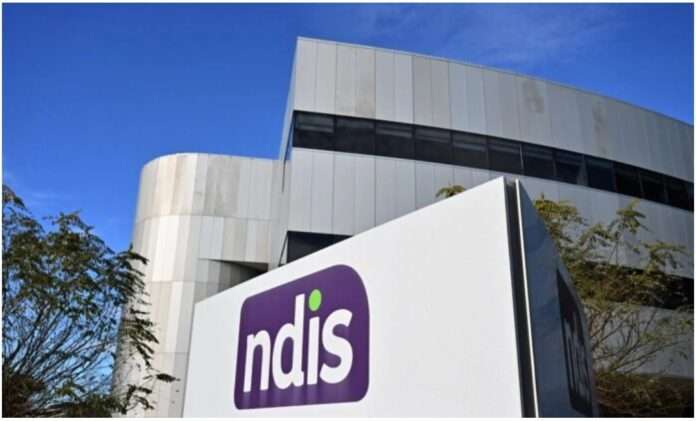Recipients of NDIS make up an overwhelming 86 percent of the growth to the total number of people on welfare since 2018.
Australia’s reliance on welfare payments has reached new heights, with the number of recipients now over 2.1 million, around 10 percent of the over-15 population, according to new think tank research.
This figure represents an additional 425,000 welfare recipients compared to the pre-COVID-19 era. It has largely been driven by the National Disability Insurance Scheme (NDIS)—a taxpayer-backed program that helps pay for disability services.
The figure has sparked concern about Australia’s growing welfare culture at a time of flatlining economic growth, stretched finances, and surging debt levels.
According to research by the Melbourne-based think tank Institute of Public Affairs (IPA), about 2.1 million Australians over 15 are receiving welfare through the NDIS, Disability Support Pension (DSP), Jobseeker, or Youth Allowance.
Recipients of NDIS make up an overwhelming 86 percent of the growth since 2018.
The NDIS was introduced by the Gillard Labor government in 2013 before going into full operation by 2020.
From 2013 to 2018—before the pandemic and the implementation of the NDIS—the number of welfare recipients had declined by around 115,000, about 23,000 per year on average.
The IPA estimated that if this trend had continued until 2023, the number of people on welfare would be 1.5 million instead of 2.1 million—a difference of 600,000.
The findings follow that of investment bank Jarden, which revealed that the NDIS had become the main driver of employment in the Australian economy in the past year, creating about one in three jobs.
Daniel Wild, deputy executive director of the IPA, said the rapid growth of welfare dependency was “alarming,” describing it as an “urgent wake-up call for our political leaders that the Australian culture of hard work is at risk.”
Mr. Wild said the federal and state governments’ response to COVID-19 had “normalised a welfare culture, severing the link between income and work.”
“The failed COVID-19 legacy continues to harm our society, including, in particular, young Australians.”
Meanwhile, the Albanese Labor government has tried to stem the cost of the NDIS program, which is forecast to reach $125 billion a year by 2034, according to some estimates.
In April 2023, the National Cabinet pledged to bring the NDIS’s annual growth down to 8 percent per year by July 1, 2026, it is currently at 14 percent.
“We are going to improve how the Scheme works for participants, their families and the people who work in the disability sector,” said NDIS Minister Bill Shorten.
However, Mr. Wild said the growth of the NDIS had “shifted the mindset” of too many Australians.
“This is not simply an economic problem alone; curbing the ‘welfare-first’ mentality is vitally important for the prosperity of Australians currently falling into the trap of unnecessary welfare dependency.”
Amid the cost-cutting measures, Labor Treasurer Jim Chalmers assured the public that the government would not tighten eligibility for the NDIS and would remain committed to the future of the disability scheme.







